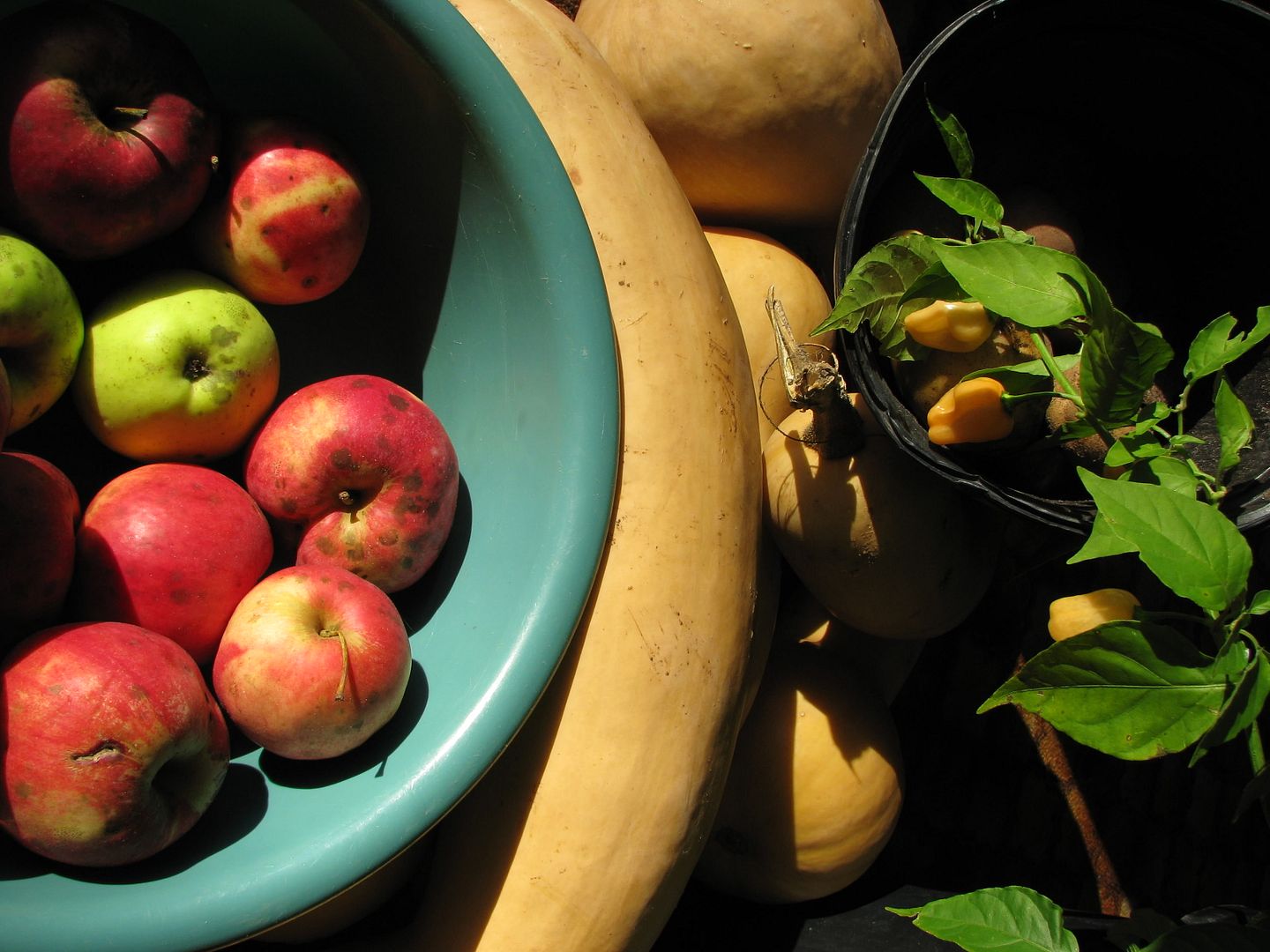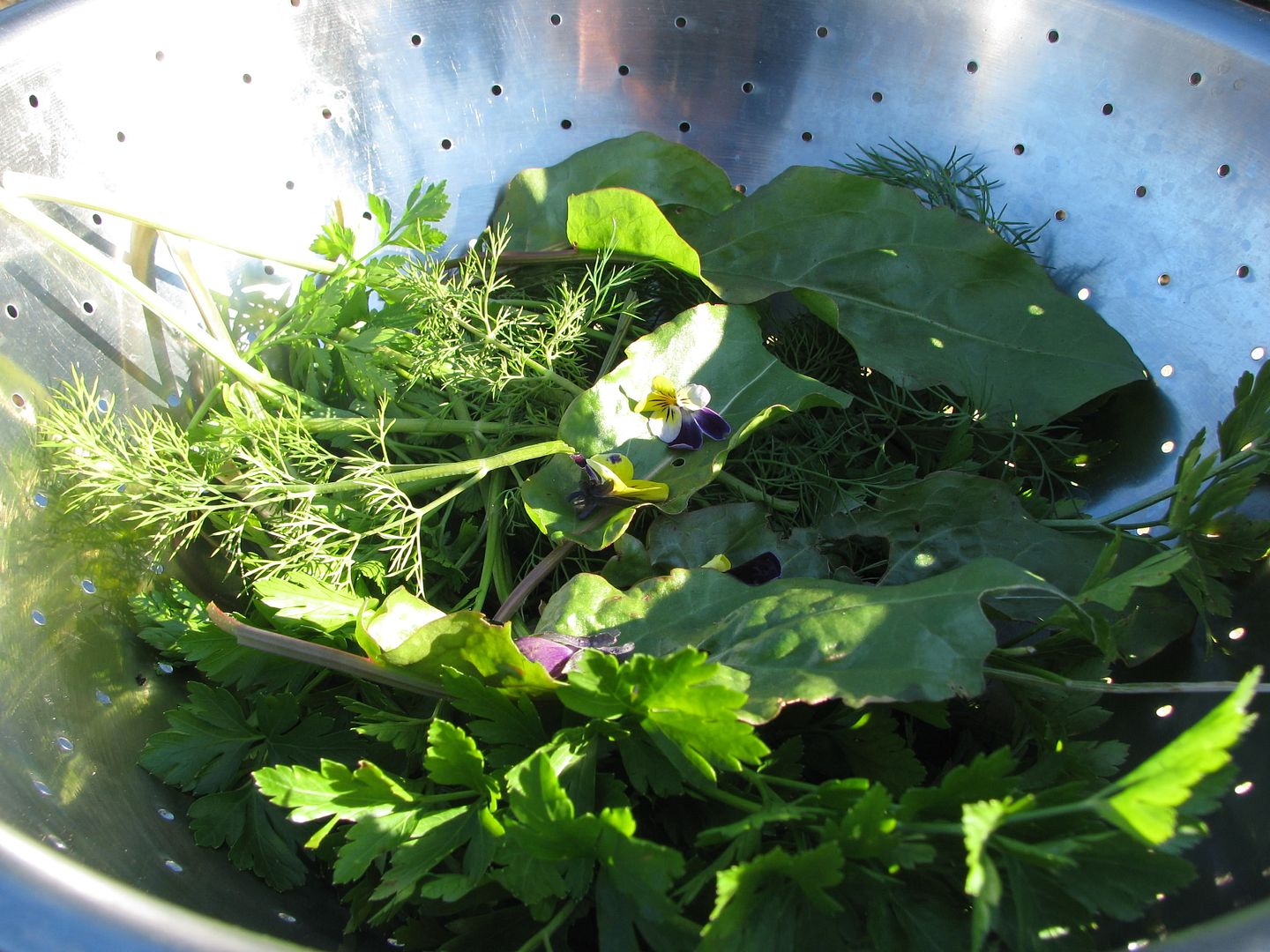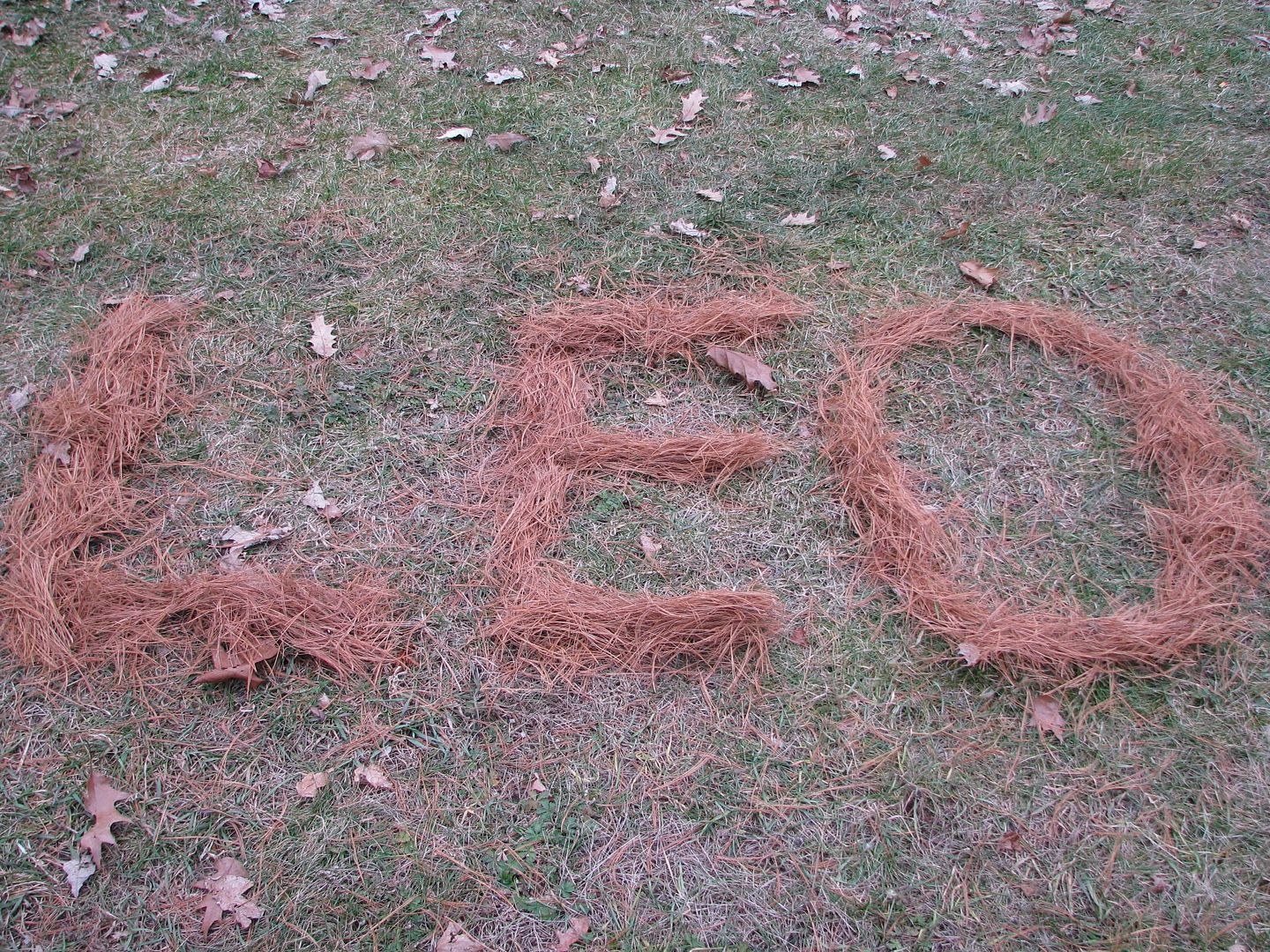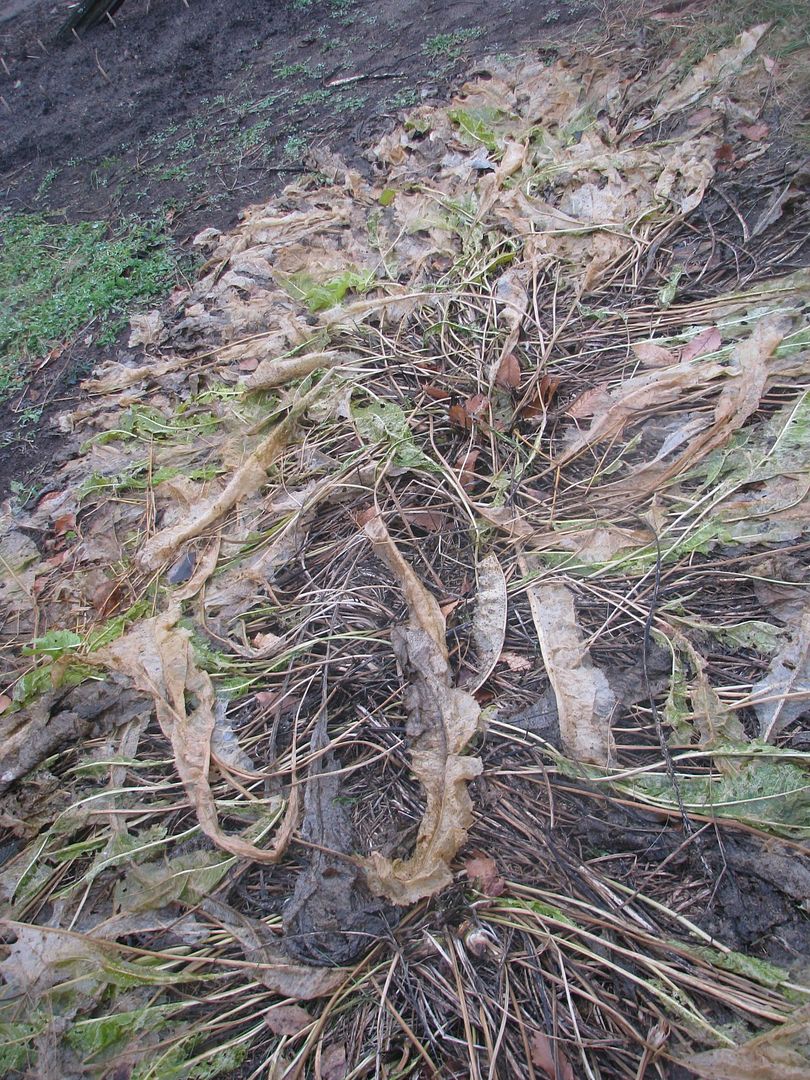
On first inspection, not very promising - a bed of dead horseradish leaves.
The experts on wiki tell me that:
"Where the English name horseradish comes from is not certain. It may derive by misinterpretation of the German name Meerrettich ("sea radish") as Mährrettich ("mare radish"). Some think it is because of the coarseness of the root. In Europe the common version is that it refers to the old method of processing the root called "hoofing." Horses were used to stamp the root tender before grating it."
It is an exceptionally hardy member of the Brassicacaea family, considered if not invasive, then at least persistant. The roots, early shoots, and seeds can be used according to Plants for a Future. However, they are normally propagated vegetatively so you'll probably have to look elsewhere to seed your mustard mix.
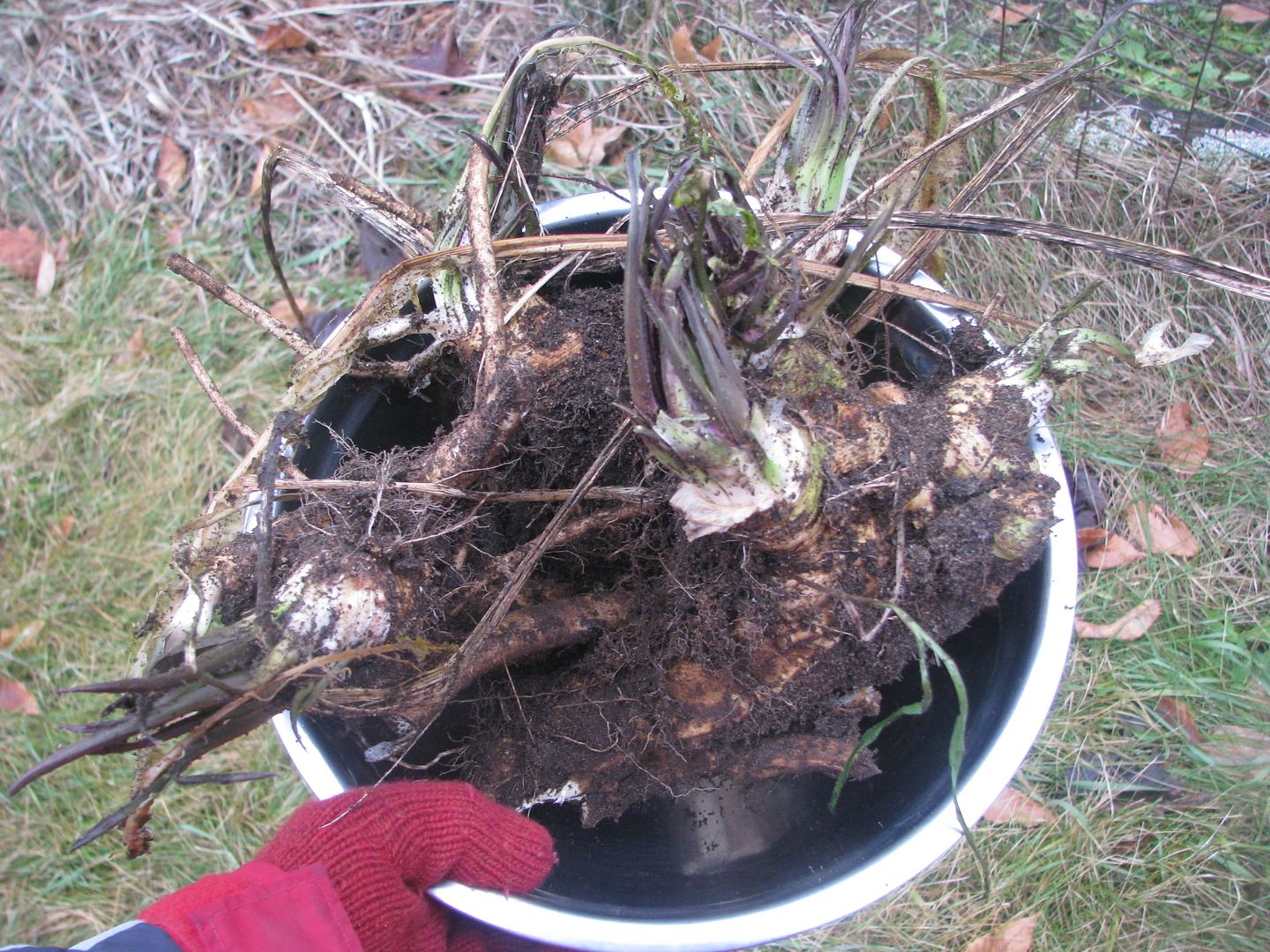
Digging in the soil reveals roots and shoots.
Best known of its traditional uses is when the macerated root is mixed with vinegar to produce the piquant sauce bearing its name. I like horseradish sauce but don't use a whole lot of it so I thought I would follow up on advice given to me in several sources to boil the roots. This destroys the volatile 'mustard' oils producing a rather bland root vegetable. I'll let you know next time what it tasted like.
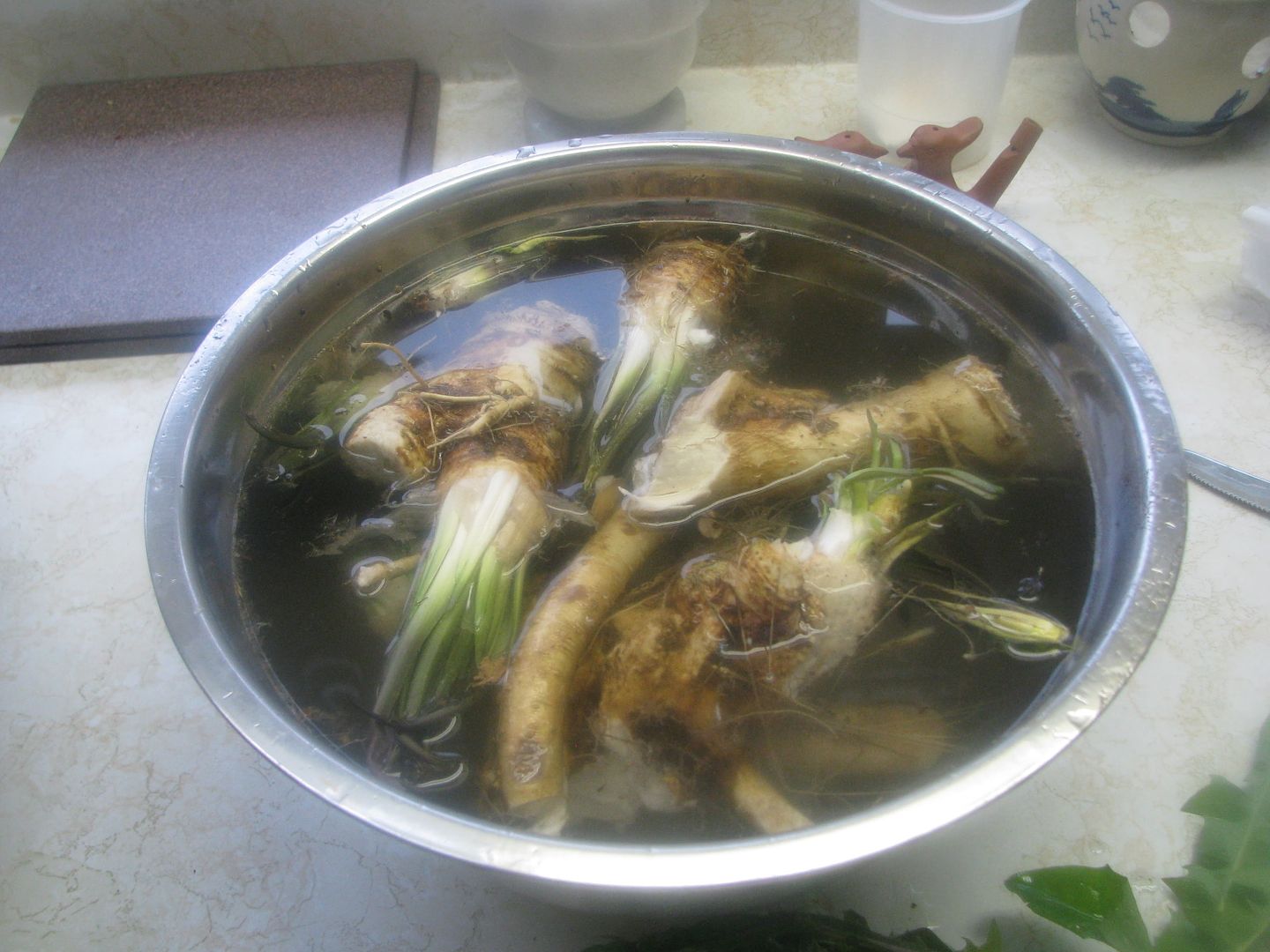
I love the soft focus of this picture - must have been steam forming on the lens after being outside in the ch-ch-chilly fall.
Despite its invasive nature, I tend to plant it In The Perennial Garden because I like the look of its large, coarse leaves. There is also a variegated variety sometimes available (you'll note most comments on the link are about locating it). These can provide a dramatic contrast with finer textured plants.
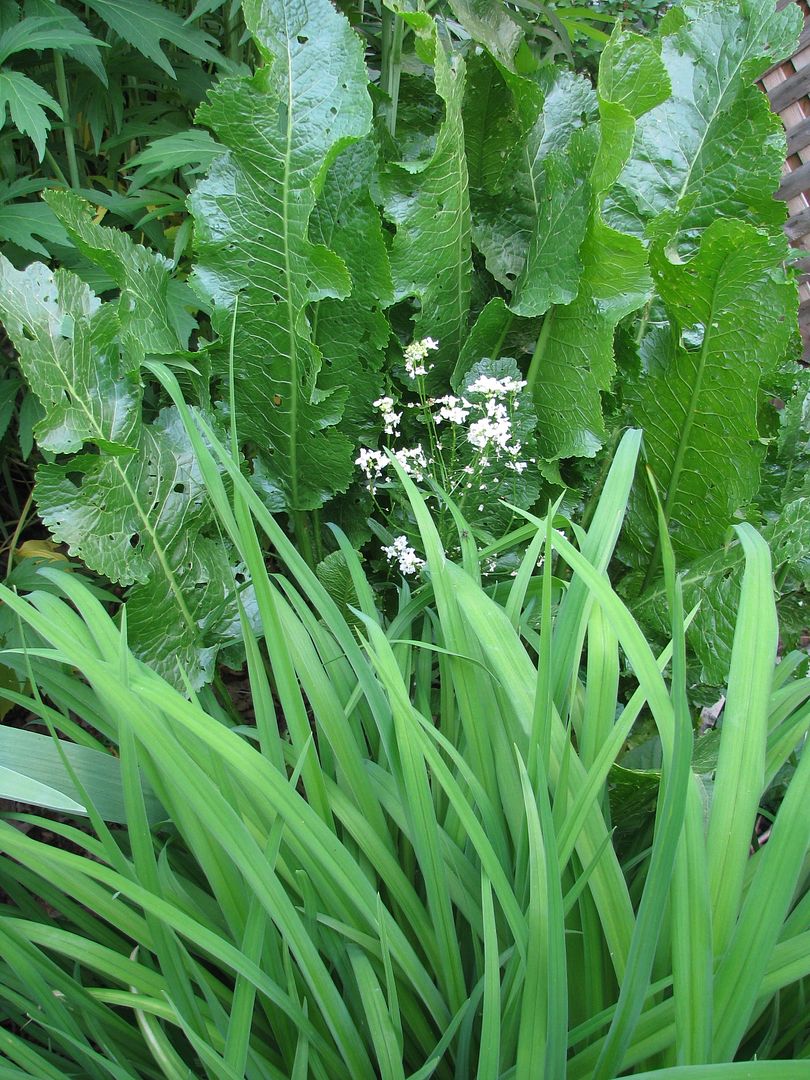
Picture of horseradish in flower with daylily in front if I remember correctly from my old garden.

